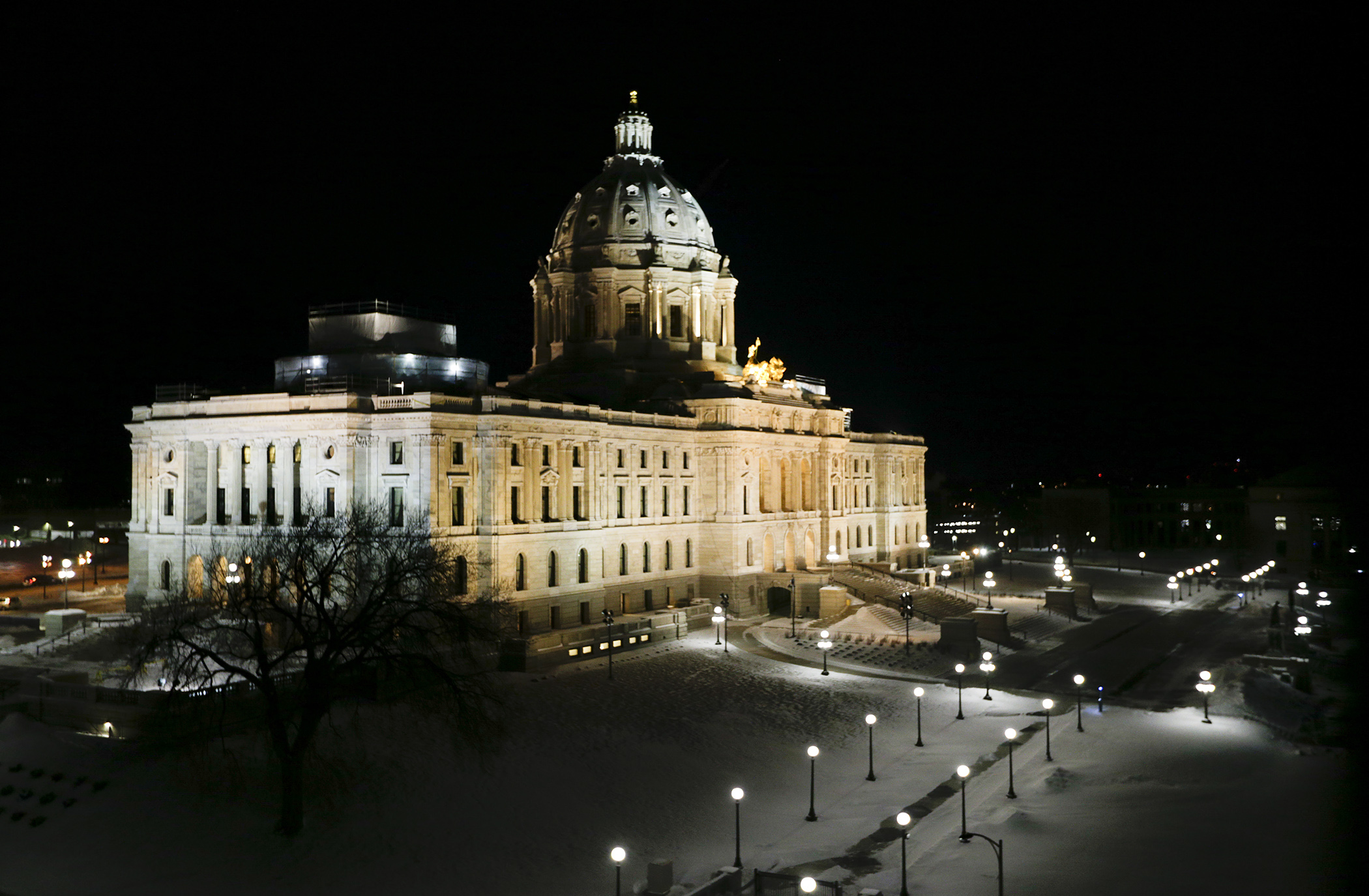House Redistricting Committee approves DFL-backed maps

Partisan plans to redraw Minnesota’s voting boundaries highlighted the challenge faced by the House Redistricting Committee during its Thursday hearing on the proposals.
The meeting provided an opportunity for members to suggest changes and find agreement on the differing redistricting plans for the state’s legislative and congressional districts.
But the amendments offered left the lawmakers with a simple decision in the end: choose the boundaries proposed by the DFL or those proposed by Republicans.
Unsurprisingly, the DFL majority prevailed and its redistricting plans were approved by party-line votes.
Rep. Mary Murphy (DFL-Hermantown), the committee’s chair, said the plans would be introduced as bills when the Legislature convenes for the 2022 regular session Jan. 31.
Lawmakers will then have little more than two weeks to reach an agreement by the Feb. 15 deadline officials say they must meet in order for next year’s election cycle to proceed on schedule. And no legislation will reach the governor’s desk without bipartisan support, which appears unlikely.
“I believe this does empower the people of Minnesota and the various districts across the state … to participate in their democracy,” Murphy said.
But Rep. Paul Torkelson (R-Hanska), the committee’s Republican lead, said when his members first considered making adjustments to the DFL proposal they “quickly discovered that it was impossible to do what we thought needed to be done by making small changes.” They decided instead to create their own maps for the entire state.
“We feel that our map, in many ways, is superior,” he said.
The committee held a Nov. 19 hearing to learn more about the DFL redistricting plan for the state’s legislative districts, then met again on Nov. 23 to hear about the DFL’s congressional redistricting plan.
House Republicans released their redistricting proposals Dec. 3 and Torkelson said both their legislative and congressional maps would split fewer counties, cities and judicial districts than the DFL plan.
[MORE: See the legislative and congressional redistricting maps and proposals]
“This map is one we are very proud of,” Torkelson said. “And we think [it] could well make a good map should we try to move forward and negotiate with the Senate to get a map that may accomplish our final goal of getting a map on the governor’s desk.”
Murphy said the proposals from both sides will almost certainly be debated again on the House Floor during the regular session.
The state must redraw the boundaries of its voting districts to reflect population growth and shifts over the past decade based on the results of the 2020 Census. Each must have roughly the same number of people so districts where population was lost or grew more slowly are expanded geographically while the boundaries of faster growing districts shrink.
The Legislature has been unable to reach an agreement on the final maps in recent decades, leaving it to the state’s courts to determine the new districts. The Minnesota Supreme Court this summer appointed a special redistricting panel the judicial branch in preparation to take over if the need again arises.
Related Articles
Search Session Daily
Advanced Search OptionsPriority Dailies
Speaker Emerita Melissa Hortman, husband killed in attack
By HPIS Staff House Speaker Emerita Melissa Hortman (DFL-Brooklyn Park) and her husband, Mark, were fatally shot in their home early Saturday morning.
Gov. Tim Walz announced the news dur...
House Speaker Emerita Melissa Hortman (DFL-Brooklyn Park) and her husband, Mark, were fatally shot in their home early Saturday morning.
Gov. Tim Walz announced the news dur...
Lawmakers deliver budget bills to governor's desk in one-day special session
By Mike Cook About that talk of needing all 21 hours left in a legislative day to complete a special session?
House members were more than up to the challenge Monday. Beginning at 10 a.m...
About that talk of needing all 21 hours left in a legislative day to complete a special session?
House members were more than up to the challenge Monday. Beginning at 10 a.m...